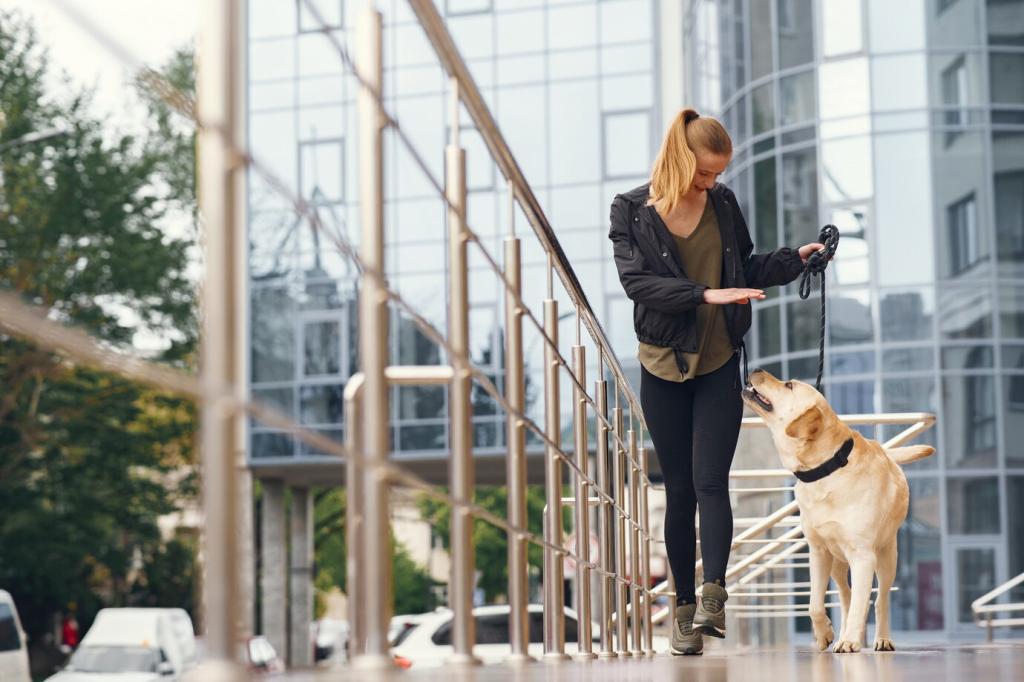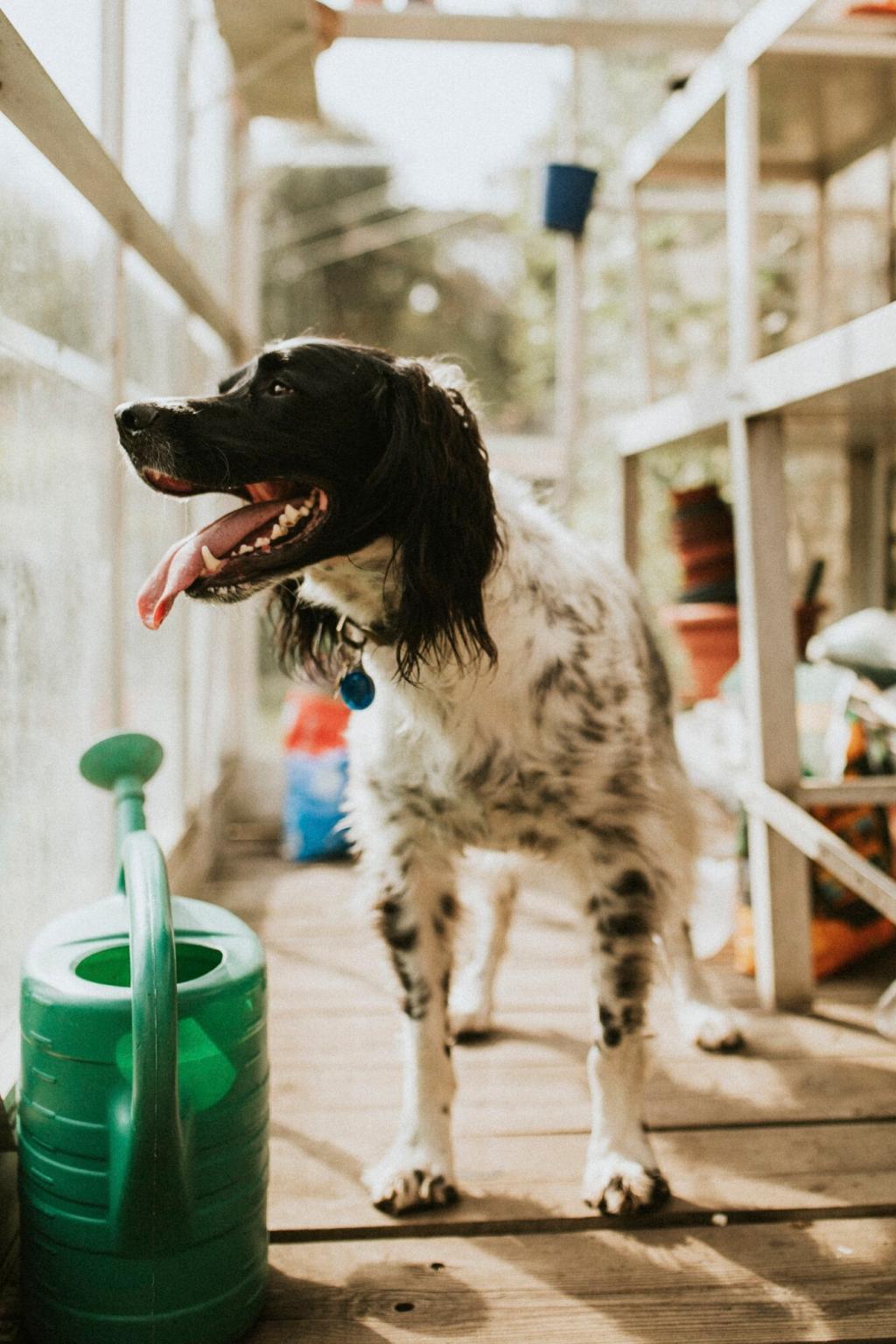Future of Pet Care: Evaluating Cutting-Edge Devices
The Rise of Smart Pet Technology
Automated Feeding Solutions
Automated feeding devices are redefining how pet owners manage meal times, providing consistency and control even when they are away from home. These systems are now equipped with features like programmable schedules, portion control, and even remote dispensing through mobile applications. By ensuring optimal nutrition and preventing overeating, automated feeders contribute to the maintenance of a healthy weight in pets, support special dietary requirements, and enable a strong owner-pet bond regardless of demands on an owner’s time.
Interactive Pet Cameras
Interactive pet cameras go beyond simple surveillance by allowing pet owners to check in on their animals, communicate via two-way audio, and even dispense treats remotely. These devices help reduce separation anxiety for both pet and owner by creating a virtual presence when the owner is not at home. Recent advancements include motion and sound detection, artificial intelligence-based behavior analysis, and integration with smart home platforms, enabling a proactive approach to both safety and enrichment.
Wearable Health Monitors
Wearable health monitors for pets are equipping owners with real-time information about their animals’ physical activity, heart rate, sleep patterns, and more. These devices are especially valuable for early detection of health issues, as subtle changes in behavior or physiology can be flagged for further investigation. By collecting longitudinal data, these monitors empower veterinarians to make more informed diagnoses and tailored recommendations, supporting a new paradigm of personalized pet healthcare.
Revolutionizing Veterinary Care: Remote Wellness and Diagnostics
Telemedicine has made access to veterinary expertise more convenient and timely, enabling consultations through video conferencing and secure online messaging. Whether for minor ailments, behavioral questions, or follow-up care, telemedicine reduces the need for stressful clinic visits and helps owners make informed decisions sooner. It also fosters stronger relationships between pet parents and veterinary professionals, as ongoing guidance and reassurance become readily available.


Advanced GPS Tracking Collars
GPS tracking collars have become essential for pet owners concerned about the safety and whereabouts of their animals. Modern collars offer real-time location data, geofencing alerts, and movement history accessible via smartphones. This technology dramatically reduces the time needed to locate a lost pet, while also supporting outdoor exploration under safer conditions. As battery life and coverage continue to improve, these devices are quickly becoming a standard for pet safety.

Home Environment Sensors
Environmental sensors are now able to monitor various elements of a pet’s living space—such as temperature, humidity, air quality, and even potentially harmful noises. These sensors send alerts if conditions stray outside established safe parameters, enabling owners to take swift action and prevent health issues related to the home environment. With integration into broader smart home ecosystems, these sensors ensure that pets’ spaces remain comfortable and safe at all times.
